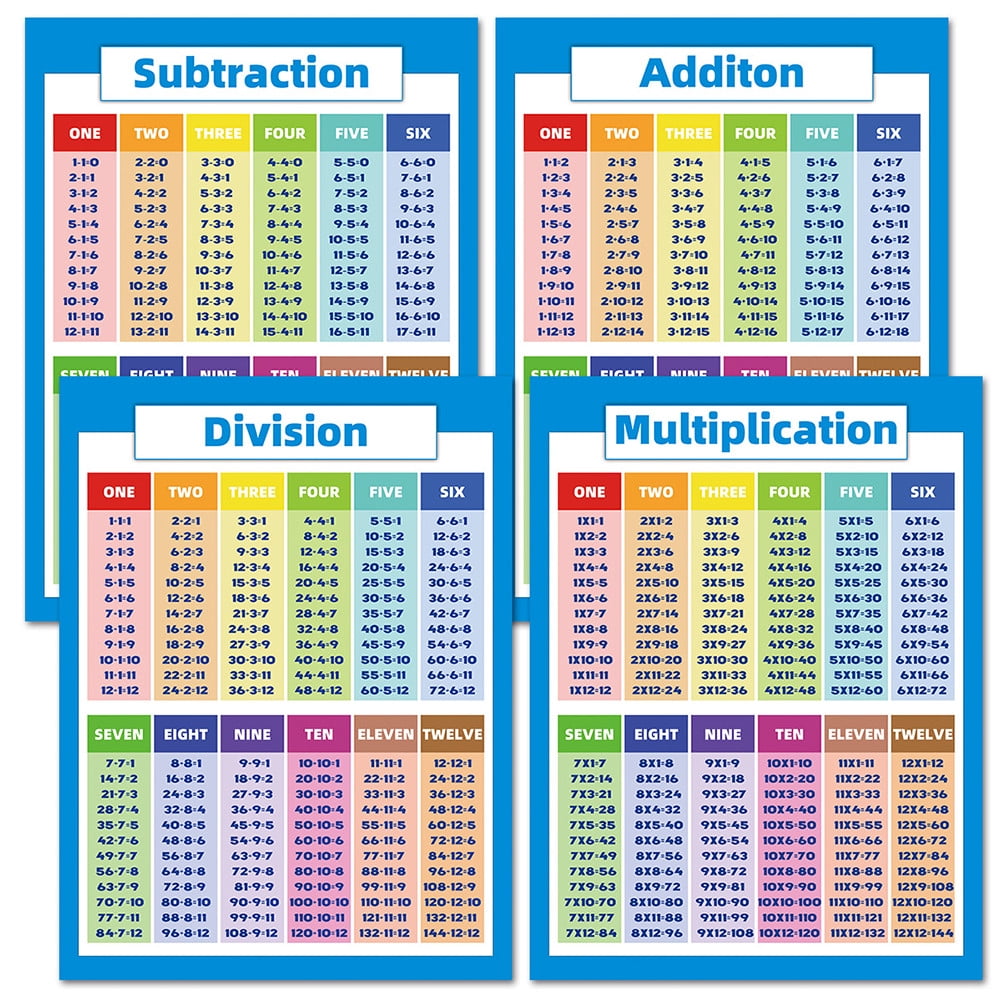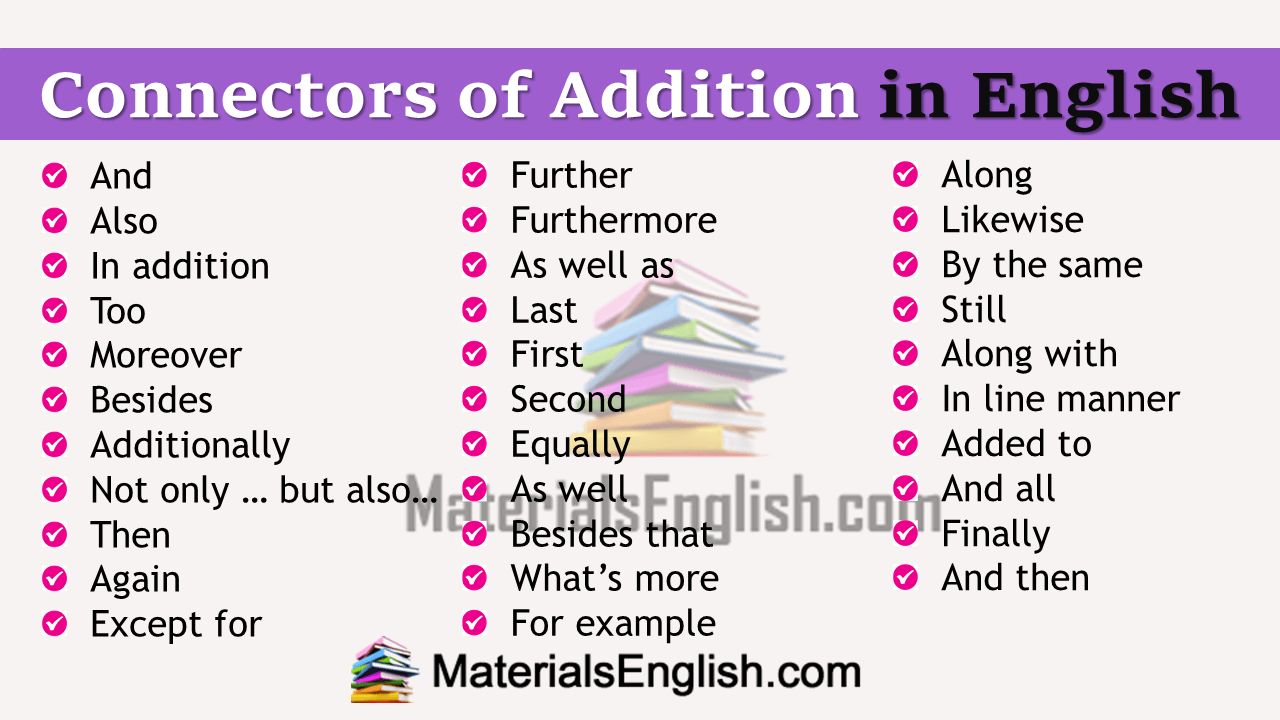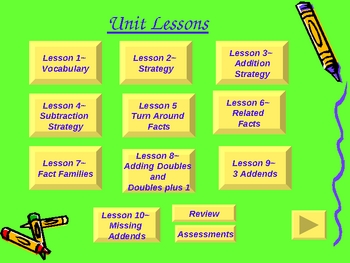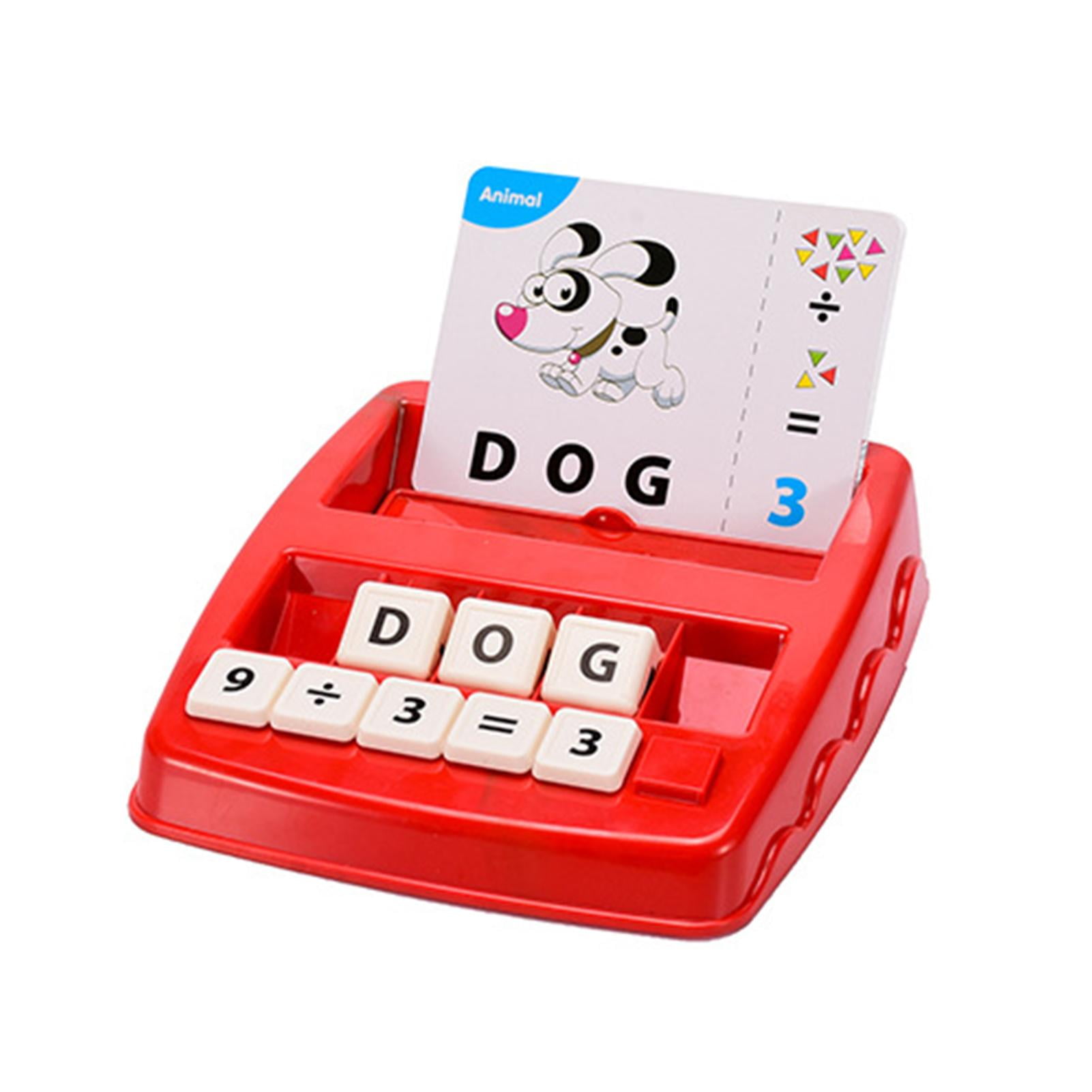Get in some serious addition training.
Responds to your answers, so it trains your weaknesses.
Train yourself to remember, don't count (the cutoff time helps with this)
Use keyboard or on-screen keypad.
New Version! (Note: the old version is here.)
- Addition works very well as a table since the addends can be sequential. Encourage students to look for patterns and teach them a variety of strategies to learn the addition facts.
- Test your understanding of Addition and subtraction with these 39 questions. About this unit. In this topic, we will add and subtract whole numbers. The topic starts with 1+1=2 and goes through adding and subtracting within 1000. We will cover regrouping, borrowing, and word problems.

This maths problem-solving question worksheet consists of 10 simple 2-step addition and subtraction word problems for Year 2 students to practise their addition and subtraction skills. With illustrated images, this worksheet is a handy resource you can use to challenge students' reasoning and addition skills using real-life word problem. We will start Topic 5, Fluently Subtract within 100, on Wednesday. Please remember, I am just showing your child different strategies they can use for subtraction. They will be able to pick the strategy that works best for them, to use on the assessment.Science: We will be continuing our unit on .


Features of the Math Trainer
| Designed for high speed so that you get lots of practice. |
| Timed Workout style just like athletes use. |
| Cutoff Time pushes you to quickly remember, not count to get an answer. |
| Shows you the correct answer when you get it wrong. |
| Remembers your performance (during the session, but not between sessions) so that it gives you more practice on your weaknesses. |
Workout Time
You can make good progress by having 3 sessions of 5 minutes every day. But when you just want to practice as you feel choose '1 day'.
Cutoff Time
The Cutoff Time is there to help you!
It means you only have a few seconds to answer each question.
At first it seems hard, but as you start to remember you get better and better. And at high speed you get lots of practice.
(Without the cutoff time you can count to get each answer and never truly learn your tables.)
Choose 4 seconds for best effect.
Learn about this topic in these articles:
major reference
- In arithmetic: Addition and multiplication
…forming the sum is called addition, the symbol + being read as “plus.” This is the simplest binary operation, where binary refers to the process of combining two objects.
Read More
Addition Financial Credit Union
fractions in Chinese mathematics
- In East Asian mathematics: Arithmetic of fractions
For instance, to get the sum of a set of fractions, one is instructed to
Read More
rational numbers

- In combinatorics: BIB (balanced incomplete block) designs
…of marks with two operations, addition and multiplication, subject to the usual nine laws of addition and multiplication obeyed by rational numbers. In particular the marks may be taken to be the set X of non-negative integers less than a prime p. If this is so, then addition and multiplication…
Read More

vectors
Addition Financial
- In vector
Two vectors can be added or subtracted. For example, to add or subtract vectors v and w graphically (see the diagram), move each to the origin and complete the parallelogram formed by the two vectors; v + w is then one diagonal vector of the parallelogram, and v
Read More - In mechanics: Vectors
If vector A is added to vector B, the result is another vector, C, written A + B = C. The operation is performed by displacing B so that it begins where A ends, as shown in Figure 1A. C is then the vector that starts where A begins…
Read More - In principles of physical science: Fields
…resultant force is found by vector addition; the vectors representing each separate force are joined head to tail, and the resultant is given by the line joining the first tail to the last head.
Read More
